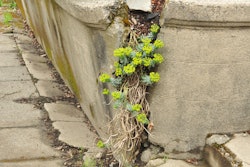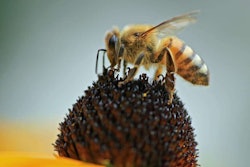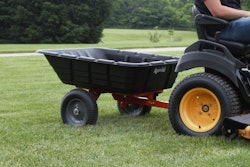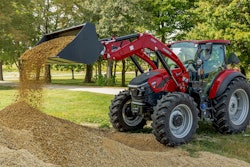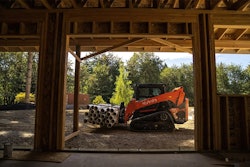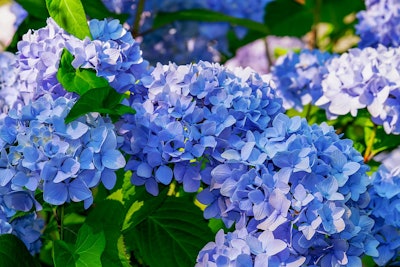 Photo: Pixabay
Photo: PixabayOne of the most popular summer plants is the hydrangea, and it’s easy to see why.
Hydrangeas come in so many shapes, varieties and colors, which makes them the ideal designing plant for most gardens. Hydrangeas are long-lived plants that bloom most of the summer and well into fall.
To make sure the hydrangeas in your customer’s yard are living up to their full potential, check out a few tips we’ve collected on hydrangea care during the hot summer temperatures and going into fall.
Site selection
If your customers do not already have hydrangeas in their yards, the first step is to decide where they will thrive in the landscape.
Take a walk through your customer’s garden and take note of the space availability, sun and shade exposure, existing plants in the area, and which spaces could use just a bit of color to make things pop. Where hydrangeas are planted, especially in the north, is important for their blooming.
The farther north you find yourself, the more sun hydrangeas can handle, and in the south the sun tolerance will not be as high due to the intensity of the sun.
It is recommended to find a space where the hydrangeas can get the full benefit of the morning sunlight and be safely in the shade later in the day. Planting them on the eastern side of buildings helps ensure that when the sun is hottest in the afternoon, the plants will be in the shade.
Soil preparation
Soil is one of the most important aspects of hydrangea growth. Making sure that the soil is properly prepared ahead of time will make the planting process easier and will also affect the health and bloom production of the plant.
Determine what type of soil is in your customer’s yard first by testing the soil. Once you’ve determined what kind of soil you have to work with, prepare the hydrangeas for planting.
There are four types of soil types – silt, sand, clay, and loam – and the best type of soil for hydrangeas is loam. You can amend the soil to help make it more loamy.
Planting
The ideal time to plant hydrangeas is either in early spring or fall. When planting, remember that the stems and blooms must be protected from the hot sun and strong winds.
When looking at spacing, be sure to keep a healthy bit of distance between each plant. This keeps the beds from looking overcrowded, allows air to circulate with no issues, and ensures that the plants can grow properly.
Keep the crown of the plant, where the base of the stem meets the soil, even with the ground when planting to keep it from drying out.
Watering and fertilizing
Hydrangeas do prefer soil that is moist and well-drained, but not wet. If these plants are overwatered, it can cause them to produce fewer flowers. The type of soil present in the yard can also determine how often hydrangeas will need to be watered.
Clay soils, as opposed to sand and loam, will hold more water and produce more runoff. It is recommended to use soaker hoses, hand watering, or drip irrigation when watering these plants.
Drip irrigation helps save water and fertilizer by letting water slowly drip to the roots of plants through a network of valves, emitters, tubing, and pipes. Using this form of irrigation helps keep water from evaporating or spilling, and the water goes directly to the root system of the plants, where it is most needed.
Using mulch with plants can also help conserve water and keep the ground cool. Mulched plants are usually able to go longer periods of time between watering than plants without mulch.
When using fertilizers, the best time to apply them to hydrangeas is in spring or early summer. Slow-release, granular fertilizers with a high percentage of phosphorus are recommended, as phosphorous is the element that encourages bloom production. While over-fertilizing can cause the hydrangea leaves to become large and green, it can stunt bloom production.




